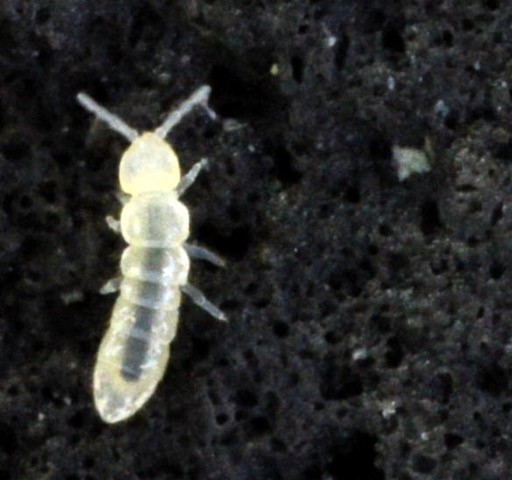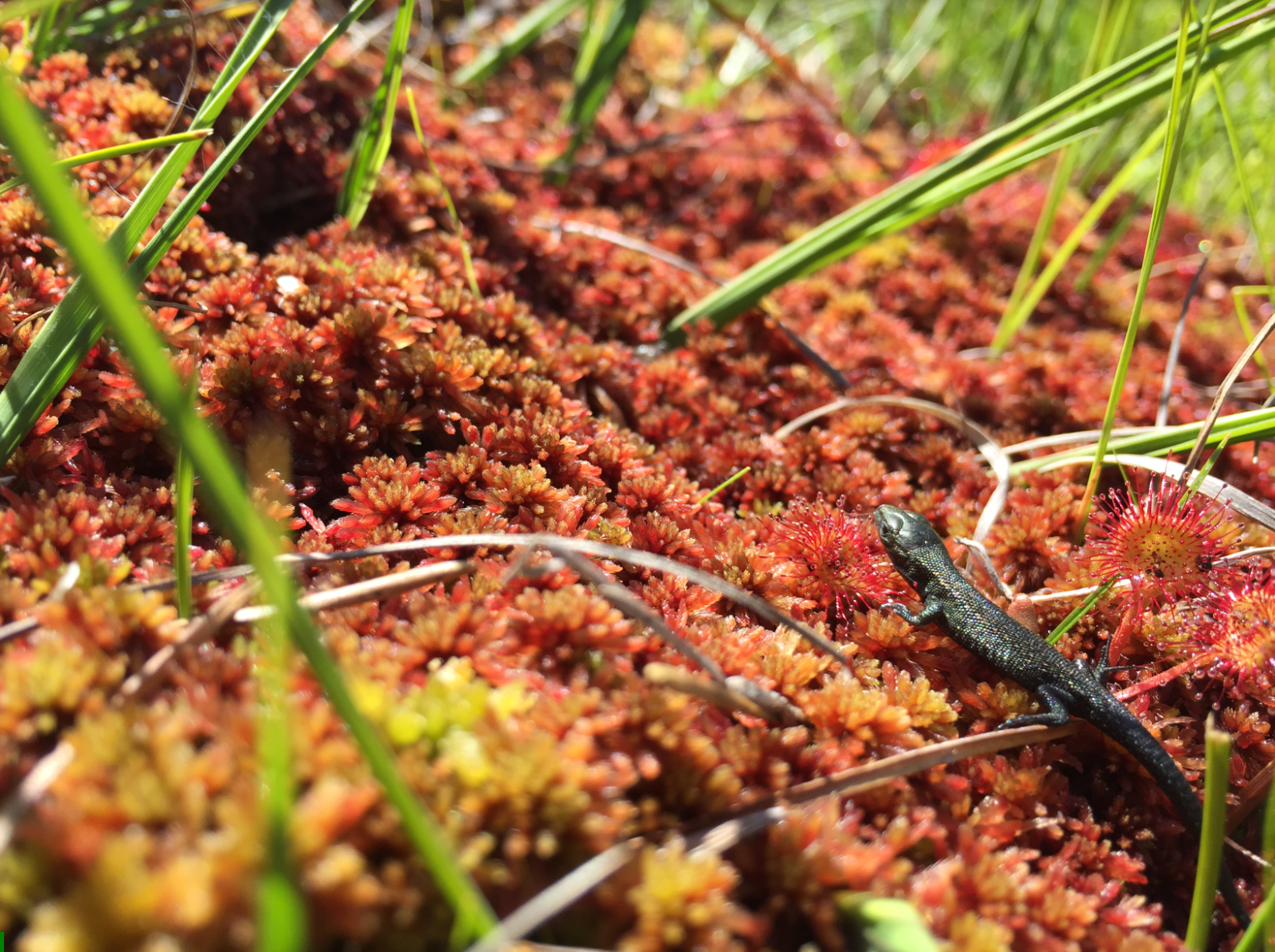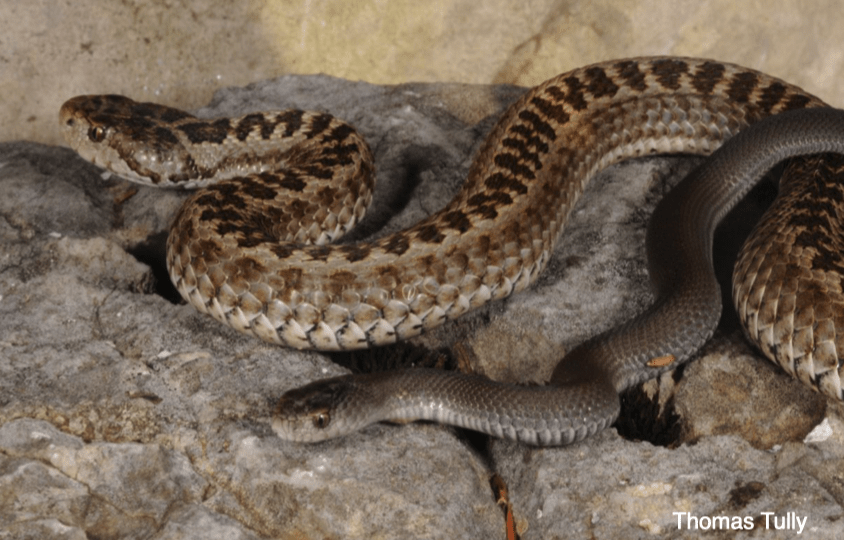Flourishing recent comparative studies on senescence have revealed an uncovered diversity across the tree of life of the shapes of the age trajectories of mortality (actuarial senescence) and to a lesser extent of reproduction (reproductive senescence). Evolutionary theories have been called up to explain why some species suffer from positive senescence while others benefit from […]
Lire la suite / Read more
This study unraveled the impacts of accelerated aging pace as a corollary of climate-driven population decline. We found transgenerational accumulation of telomere shortening implying that offspring were already born “old”. We suggest that this process may exacerbate across generations, leading to an aging loop in the population. This model posits that telomere dynamics should represent a molecular biomarker of extirpation, and likely a central cause and promising solution for future biodiversity managing actions.
Lire la suite / Read more
Team news Team publications Team members Our research aims to understand the ecological and evolutionary causes of phenotypic variability. We investigate the consequences of this variability for demographic processes which depend on environmental conditions. We use different research models to address major topics (the common lizard, annual killifish, springtails), in the lab, in mesocosms and […]
Lire la suite / Read more
“Here, we used 37 years of mark-recapture data in two nearby habitats inside a meadow viper Vipera ursinii population to quantify life expectancies, generation times and the shape of actuarial and reproductive senescence.”
Lire la suite / Read more



